History
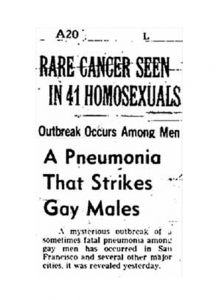
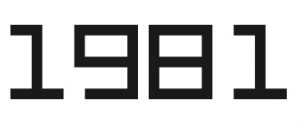
Almost all of the history on HIV has it starting in the USA in the 1980s. HIV probably first occurred in Congo in the 1920s. The first identified cases were only documented later.
AIDS was described for the first time in a scientific article in 1981. It was based on young, homosexual men in San Francisco and New York who had developed an unusual pulmonary illness and unknown symptoms. ”The new illness” was initially called gay related immunodeficiency. It was very unclear what caused the illness and who could get it. The name AIDS was established the following year when the American Center for Disease Control understood that people other than gay men were also being affected

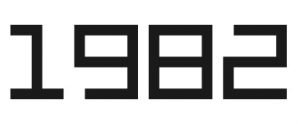
The first person to receive the diagnosis AIDS in Sweden was called Roar Brynjulfsson Klingenberg. The illness got very little attention at first, since it was only associated with certain groups. Being an LGBT organisation, RFSL had to take a lot of responsibilty.
By this time, the struggle for LGBT-people’s rights had begun to yield results. HIV entailed an enormous backlash. As fear took hold of the society, homophobia increased. The new illness was a double blow for gay and bisexual men; instead of being seen as a group that was hit extra hard by an illness, they were stamped as a risk. AIDS became known as the ”gay plague”.


The HIV virus was identified by a French research group. New knowledge about transmission showed that the disease is not spread via superficial contact, food, water and air.
As early as the beginning of the 80s, the American Center for Disease Control was able to establish certain basic fatcs about transmission. Nevertheless, many myths were particularly deep-rooted.
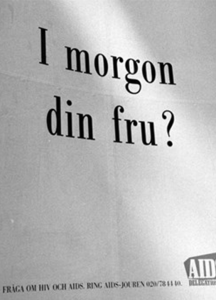
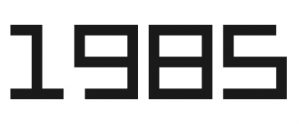
The AIDS delegation was appointed by the government. With an almost unlimited budget, the delegation ran aggressive campaigns that hit hard against people living with HIV.
The government decided that people with HIV should be covered by the Swedish Law for Communicable Disease Control. Sweden’s AIDS policy stood out as one of the toughest in the world with enforcement methods such as isolation and imprisonment. The tone in the media was hard.

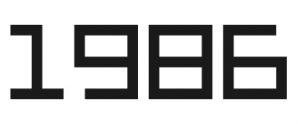
HIV gets a name, human immunodeficiency virus.
In English, was abbreviated to HIV. In Swedish, ”hiv” is a word and is not capitalised. It stands for human immunodeficiency virus. The epidemic spread globally and the World Health Organisation, WHO, started a prevention program.
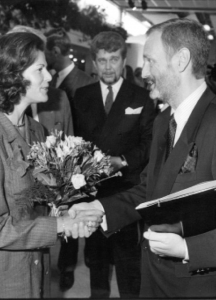

Sighsten Herrgård, fashion designer and a big celebrity in his day, publicly disclosed that he had AIDS.
The image of Sighsten shaking hands with Queen Silvia was symbolically important and was widely spread, even internationally. Still, the media coverage of HIV is tough. Sighsten said that the media coverage had been “twice as difficult as knowing about the illness”.
Ignorance and panic were rife in the society. Sweden was the only country in Europe to enforce a law on bath houses. This law banned meeting places where people could have sex, particularly where men met other men. Activists protested, arguing that the clubs should be used to spread information instead. In retrospect, the ban proved ineffective.
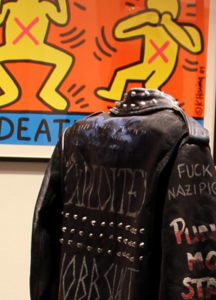
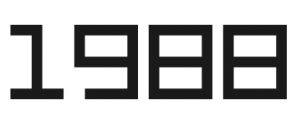
World AIDS Day was declared. Since then, December 1st is a day that individuals, organisations and governments all over the world dedicate to raising awareness about HIV.
It is an opportunity to commemorate the people who have died of AIDS. The day is also used to highlight the importance of prevention and rights.


The red ribbon was created as a symbol to raise awareness about HIV and AIDS.
The project was created by the Visual AIDS Artists Caucus. The symbol is clear and simple; anyone can create their own ribbon with a red ribbon and a safety pin. The red ribbon quickly became iconic and has inspired several similar initiatives.
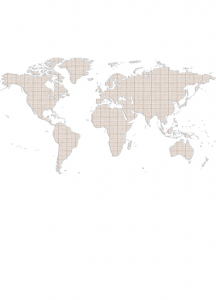

Sub-Saharan Africa and other poverty-stricken parts of the world were disproportionately affected.
The epidemic hit these regions hard, accounting for 70 percent of cases. Three years later, the proportion increased further to 95 percent.


A medical turning point! By combining three medications, treatment was suddenly effective.
People who had been seriously ill recovered and the death rate was halved in the Western World. However, the new combination treatment was expensive and not available to everyone. From a medical perspective, it was a success and the scientist behind the discovery, David Ho, garnered a lot of attention.
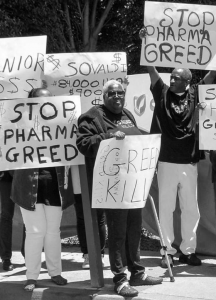

Following loud protests against global injustices and expensive medications, pharmaceutical companies were forced to relinquish their patent rights.
This created opportunities for poor countries to acquire cheaper medications. The development in Southern Africa was devastating and AIDS was placed on the global agenda – the issue was raised in the UN Security Council for the first time, among other things.


The World AIDS Day network was formed
Various actors in Västra Götaland started to work together, primarily to coordinate work for World AIDS Day. HIV-issues were raised through campaigns and events. Public actors and volunteer organisations started collaborating and a knowledge network was established. Today, the WAD Network is a hub for regional collaboration all year round.
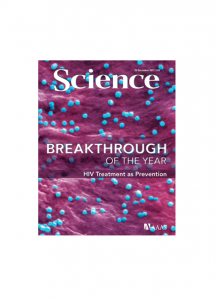
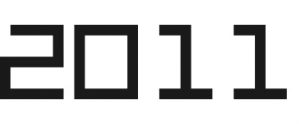
HIV treatment as prevention was seen as the scientific breakthrough of the year. The treatment of HIV not only saves lives but also reduces the risk of transmission.
What was previously considered wishful thinking suddenly became a reality. A large international study showed that infectiousness decreases dramatically (by 96 percent!) with treatment. This means that the medications have a double effect.
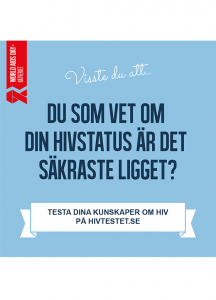

New knowledge was applied in Sweden. The Public Health Agency published a report stating that the infectiousness of a treated HIV-infection is minimal.
The risk of transmitting HIV is “very low, almost non-existent”, said Jan Albert, Professor of Infectious Disease Control at the Karolinska Institute. The risk is very low even in the case of unprotected sex. This new knowledge raised questions about the rights of people living with HIV. Was it reasonable to enforce a duty to disclose and criminalisation when the risk of transmitting HIV was almost non-existent? The struggle continued.
The new knowledge was spread by different actors. In 2016, the Public Health Agency launched a large information campaign called Hiv idag (HIV Today). The people behind Hivplus have created campaigns every year, including Hivtestet – Testa dina kunskaper om hiv (The HIV Test – Test your knowledge of HIV)

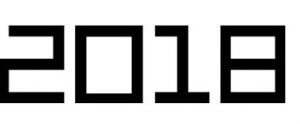
The question of criminalization fundamentally changes as it is proven that a person who take HIV medicine as prescribed and get and keep an undetectable viral load will not transmit HIV to a HIV-negative partners through sex, thus that person can no longer be considered to be a “danger to others”.
The knowledge of U=U changes how the Supreme Court views the criminal law regarding HIV. In the prejudicial judgment it is stated that: "There has thus not been any concrete danger of transmission of HIV infection during the unprotected sexual intercourse. The objective criminal conditions for causing danger to another are thus not fulfilled."
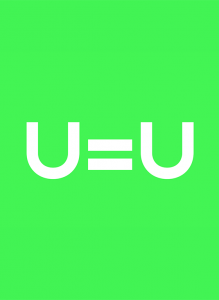
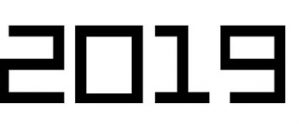
As a response to the medical studies that are gradually being launched, more and more organizations are joining the worldwide campaign U=U.
U=U stands for Undetectable=Untransmittable.
In the summer of 2018, advance notice was given of an upcoming study that examined HIV transmission within homosexual couples, where one partner lives with HIV, the so-called "Partner 2 study". When the study is published in The Lancet, a respectable medical journal, in 2019, it is established that well-treated HIV is not transmitted sexually. The fact that treatment ensures adequate protection during sex changes the lives for people living with HIV. The study concludes that access to treatment is HIV prevention.